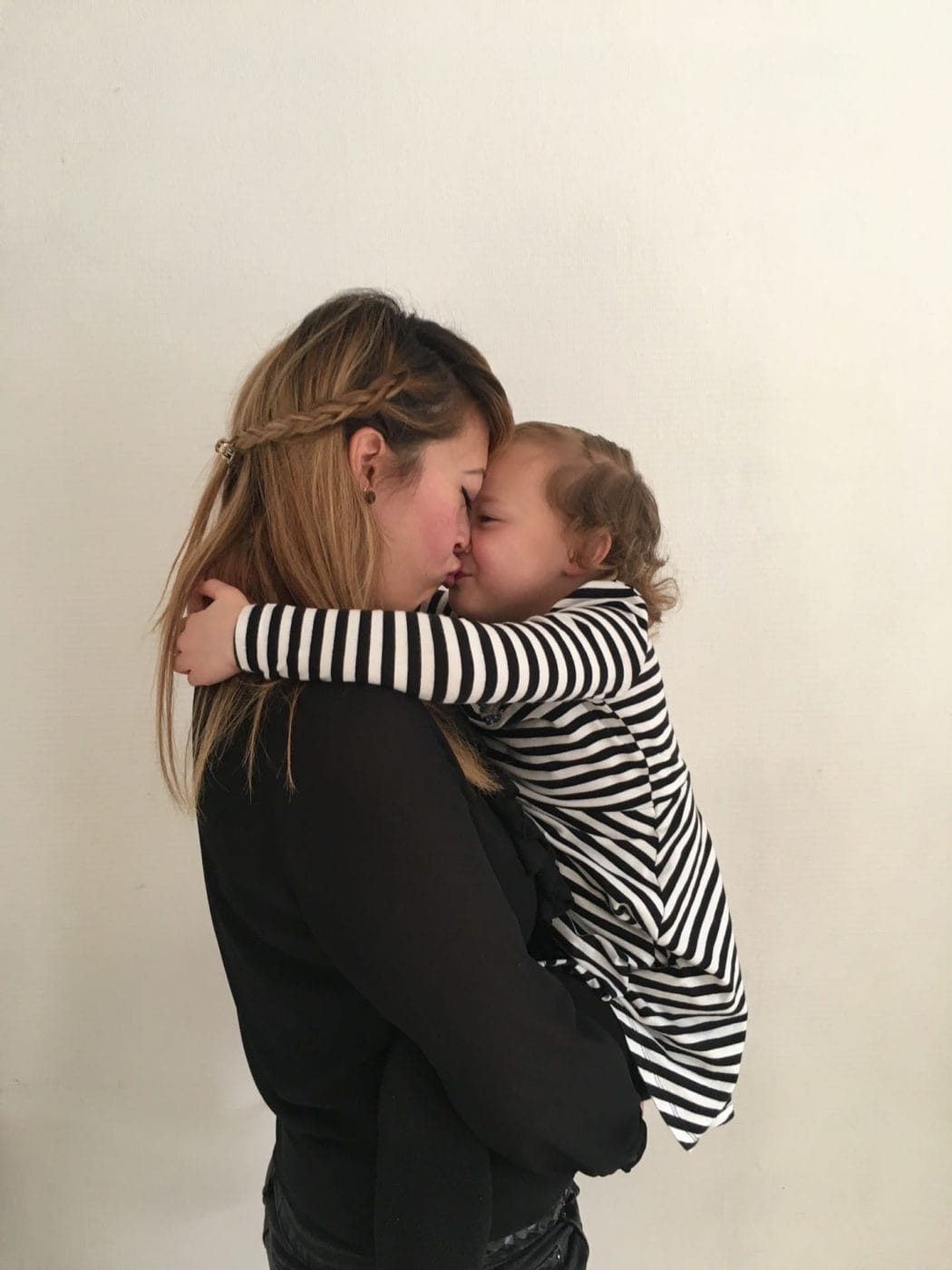Time-out alternatives: How disciplining with empathy can help

How to avoid adding to the confusion and anger of the moment.
Table of Contents
As long as there have been children, there have been parents seeking effective discipline methods. Thankfully, the go-to methods have largely evolved from corporal punishment to the more gentle, thoughtful instructions for the child to “go to time-out.” So, why is it that parents with the best of intentions can still find themselves melting down in the wake of a time-out?
My experience working with Healthy Families America has shown me that time-outs can make matters worse for everyone if handled poorly. But with some simple adjustments, they can serve their purposes—leading to happier kids and parents.
So, next time you find yourself in a battle over time-out, consider this process.
1. Calm first
It may sound counterintuitive to offer a child who is grabbing a toy or even taking a whack at another child a caring touch in response, but it’s important. The behavior the child is exhibiting is not acceptable—but it is also not calculated or malicious. Rather, grabbing or hitting is sometimes the only tool the child has at hand to express how upset they are about something already.
Putting that already unhappy and distressed child in time-out before they have calmed down after the initial upset may only make them more confused and angry. In other words, your child may end up in full-on survival mode, totally unable to access the parts of the brain that can reason—and completely unable to process any “use your words not your hands” lessons you are trying to impart.
After the child is calm, you can take him or her aside and offer that lesson, not as punitive but rather as a way to help them understand the consequences of their behavior.
2. Offer a vocabulary lesson in the process
College essays and crossword puzzles notwithstanding, there are some more basic reasons why young children need vocabulary lessons from an early age. Having words to attach to the many new feelings they are having will help them learn to sort out those feelings and, down the line, to attach them to appropriate responses.
So, start the conversation early: “I know that was very frustrating when you wanted that truck and you couldn’t have it” or “I see you are very disappointed that your block tower fell down.”
Big words, yes. But for children, these are very big feelings. Giving them language validates those feelings. It helps them to understand them and to react appropriately as they grow.
3. Don’t mistake distraction for success
Children are always looking for ways to learn and grow. I have seen a 2-year-old in time-out spend a lovely couple of minutes tying her shoelaces to the chair. Sure, she stopped crying or hitting, or whatever behavior landed her there in the first place—but she did not learn anything about controlling her behavior from the exercise. (Although she may have learned some neat lessons about shoelaces.) Who really believes that a 2-year-old is “thinking about” their misbehavior in their two minutes of fame?
A successful time-out doesn’t end with your toddler telling you what went wrong and what she could do better because she thought about it. Rather, it ends with a calmer little one you can talk to about appropriate and healthy ways to express her emotions. By being present when your toddler is most stressed will also create a sense of trust that you will there for her whenever she is stressed throughout multiple stages of growing up, including those difficult teenage years.
4. Set the stage for the future
The tricky part of time-out with young children is that sometimes it looks as if it is really doing the trick. The child stops crying and appears calm and ready to absorb a lesson like “use your words, not your hands.” Sadly, the real lesson that child is absorbing is that “when I need you most, you are going to put me in a chair by myself.” That makes it all the less likely that child will turn to you for help and support next time he or she is feeling traumatized, afraid, in need of help calming down and dealing with a situation.
Without your consistent help, that child will continue to struggle to learn how to “regulate,” that is, to calm the storm of emotions and react appropriately to any situation. Helping your child learn to regulate and calm down doesn’t happen in isolation, yet it does last for a lifetime. Helping your child develop the capacity for self-calming by providing him with words to describe emotions (“If you can name it, you can tame it”), letting him know you are present and available, that you understand his strong feelings—yet do not approve of the particular behavior is the greatest gift a parent can give. Your child will know that they can always come to you, no matter what.
5. If necessary, consider giving yourself a time-out instead
Take a moment when the child is regulated, calm and busy to think about your own reaction. Did your fists clench for a second there? Did you grab that toy away from the child just a little more forcefully than you should have? In the wild whirlwind that is every single moment of parenting a young child, we adults often need a little help regulating ourselves.
If possible, walk away and spend a few minutes by yourself. If you can’t, try to get the child interested in something else for a few minutes while you calm your breathing and try to assess what is really going on with you and how—maybe not this minute, maybe not today, but soon—you can get the help you need.
Remember, if in the heat of the moment you forget and find yourself in another battle over time-out, it’s ok. Take a deep breath. You and your little one are learning together.


































